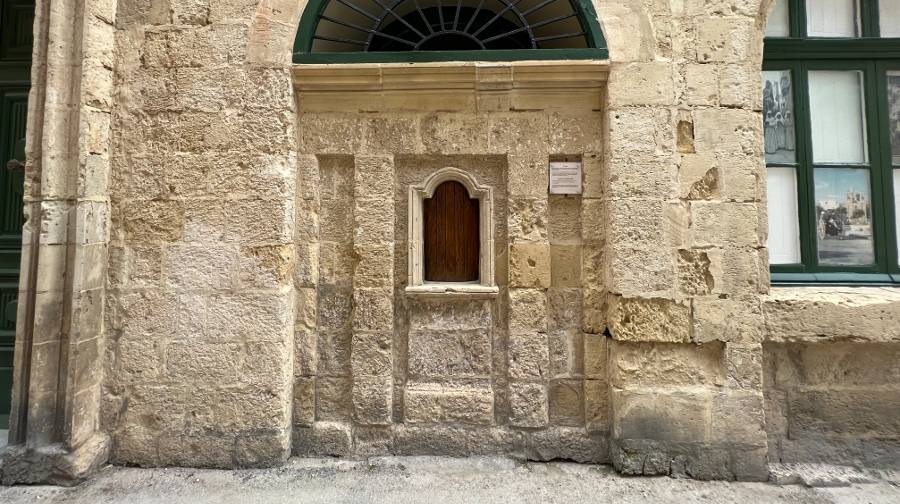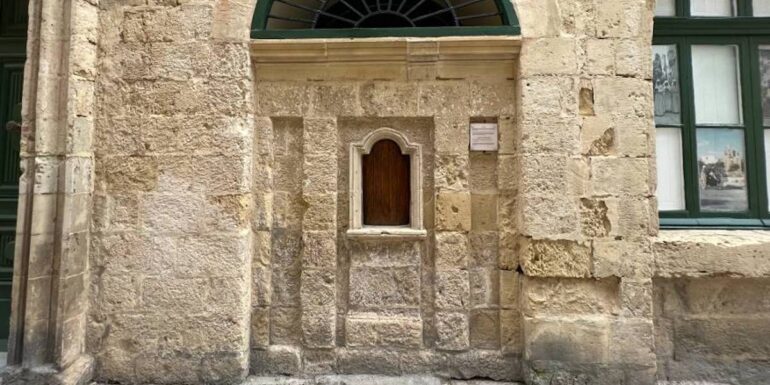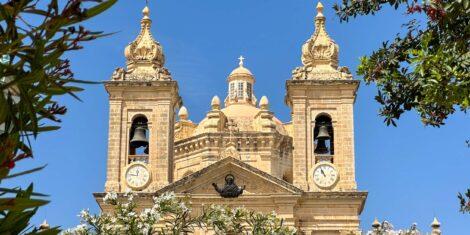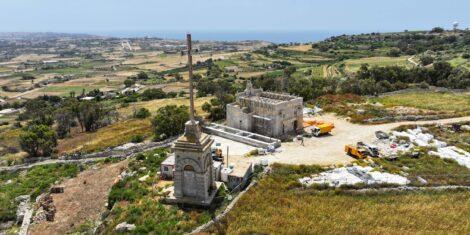In the narrowing streets of Malta’s oldest towns and villages, you are sure to come across peculiar relics of time. Some of them are very much removed from our own time. We’ve mentioned things such as the purgatory statues and the three crosses of Zabbar, just to name a few examples. Today, we’re looking at something rather gloomy: La Ruota.
Where is Santo Spirito?
After driving up Saqqajja road and going to the narrow main street of Rabat, the first left will take you next to the National Archives of Malta, or what used to be the Santo Spirito Hospital.

This is the oldest surviving hospital on the islands, dating back even before the Knights of St. John to 1372. As strange as this location may seem today for a hospital, this was the time when Valletta did not exist yet. Back then, Mdina was the capital city of the country. It was only natural to have the hospital be so close.
What is La Ruota?
Walking by this hospital you will notice a small window on the left of the main door. It is closed off with a piece of wood. This ‘window’ had a rotating feature, much like old dumbwaiters, that could transfer food from a kitchen to a living room with one spin.
Sadly, the reason for this device was intended for mothers who had newborns they either didn’t want. Usually, they simply couldn’t sustain or they were conceived out of wedlock. So they would put them in this rotating device and turn it around. This would trigger a bell to let the people inside know that someone had used the Ruota. The hospital was run by nuns and so they would then take care of the baby.

La Ruota Today
As has been mentioned before, the Santo Spirito hospital was closed down in 1967. Today, it has become Malta’s National Archives,
Today this device stands as a reminder of countless women who had to go through the whole process of pregnancy to then give up their child due to the stigma or economic situations.















